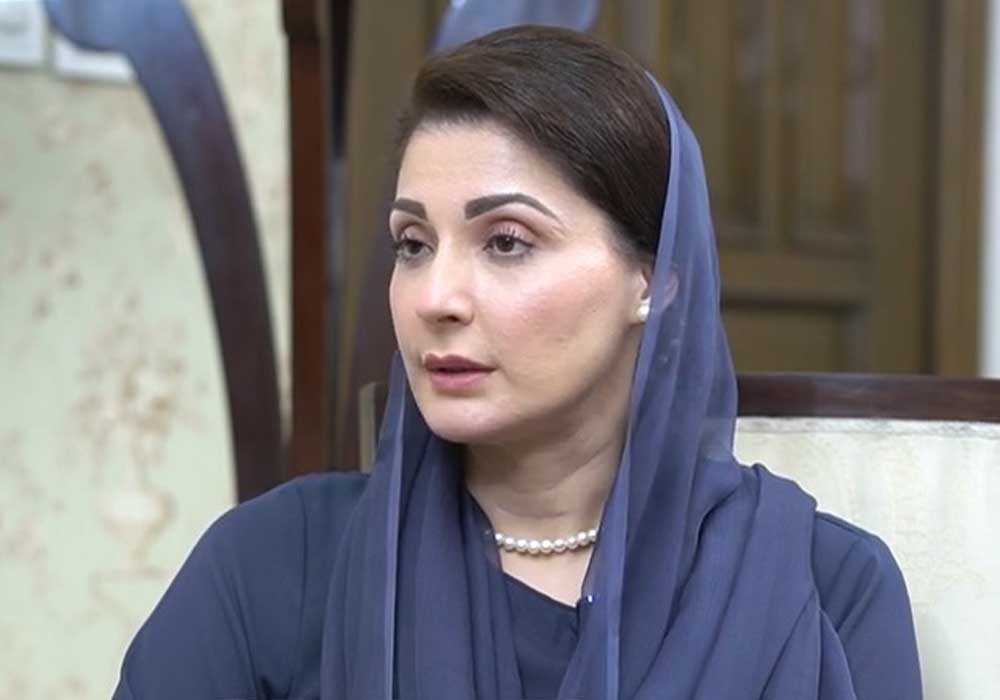CM Maryam orders precautionary measures ahead of possible rains
In light of the possibility of rains, Punjab Chief Minister Maryam Nawaz has issued directives for precautionary measures to ensure the safety and well-being of residents across the province.
Lahore: CM Maryam orders precautionary measures ahead of possible rains. The commissioners, deputy commissioners, and the WASA managing director have been instructed to remain active for the drainage of rainwater.
Emphasizing the importance of utilizing all available resources for drainage purposes, CM Maryam Nawaz underscored the need to keep traffic flowing smoothly in Lahore and other cities.
She also instructed traffic wardens to perform their duties actively in the field to assist citizens.
Furthermore, the chief minister stressed the timely shifting of people from low-lying areas to safe locations, prioritizing the safety of vulnerable communities. She emphasized the importance of warning residents in low-lying areas in advance about the impending weather conditions to minimize risks and ensure preparedness.
Read More: CM Punjab Maryam Nawaz attends police passing out parade in uniform
Additionally, Maryam directed authorities to implement effective measures to safeguard livestock in rural areas, recognizing the significance of protecting agricultural assets during adverse weather events.
CM Maryam orders precautionary measures ahead of possible rains
Pakistan’s climate varies from a continental type of climate in the north (Kashmir, KPK), a mountainous dry climate in the west (Baluchistan), a wet climate in the East (Punjab) an arid climate in the Thar Desert, to a tropical climate in the southeast (Sindh), characterized by extreme variations in temperature, both seasonally and daily, because it is located on a great landmass barely north of the Tropic of Cancer (between latitudes 25° and 37° N).
Very high altitudes modify the climate in the cold, snow-covered northern mountains; temperatures on the Balochistan plateau are somewhat higher. Along the coastal strip, the climate is modified by sea breeze. In the rest of the country, temperatures reach great heights in the summer; the mean temperature during June is 38 °C (100 °F) in the plains, the highest temperatures can exceed 53 °C (127 °F). During summer, hot winds called Loo blow across the plains during the day. Trees shed their leaves to avoid loss of moisture. Pakistan recorded one of the highest temperatures in the world, 53.7 °C (128.66 °F) on 28 May 2017, the hottest temperature ever recorded in Pakistan and also the second hottest measured temperature ever recorded in Asia.




Comments are closed, but trackbacks and pingbacks are open.